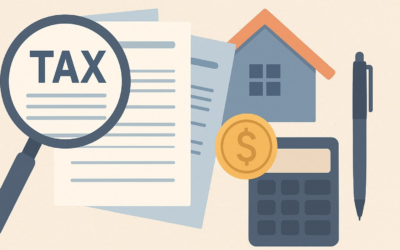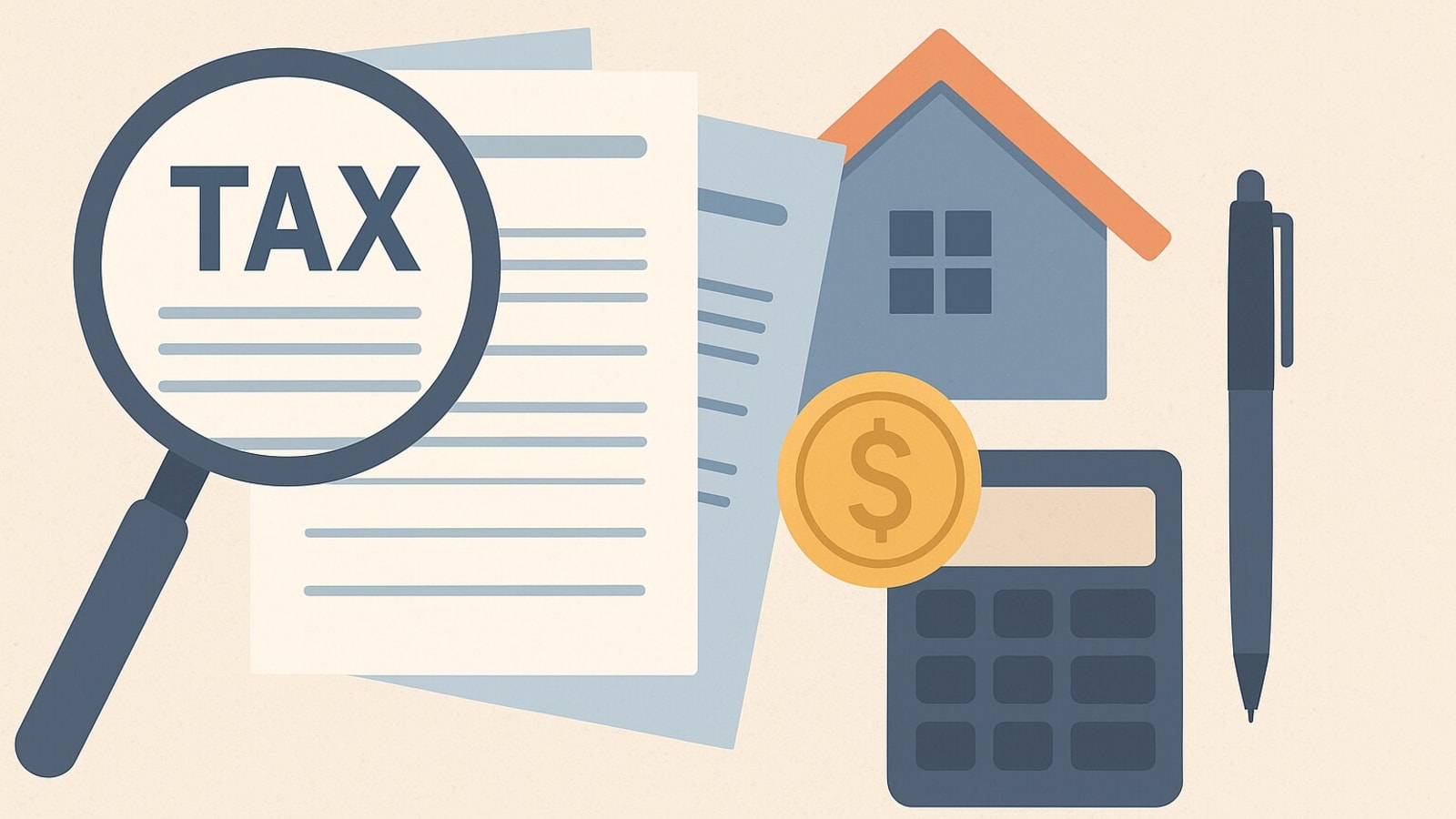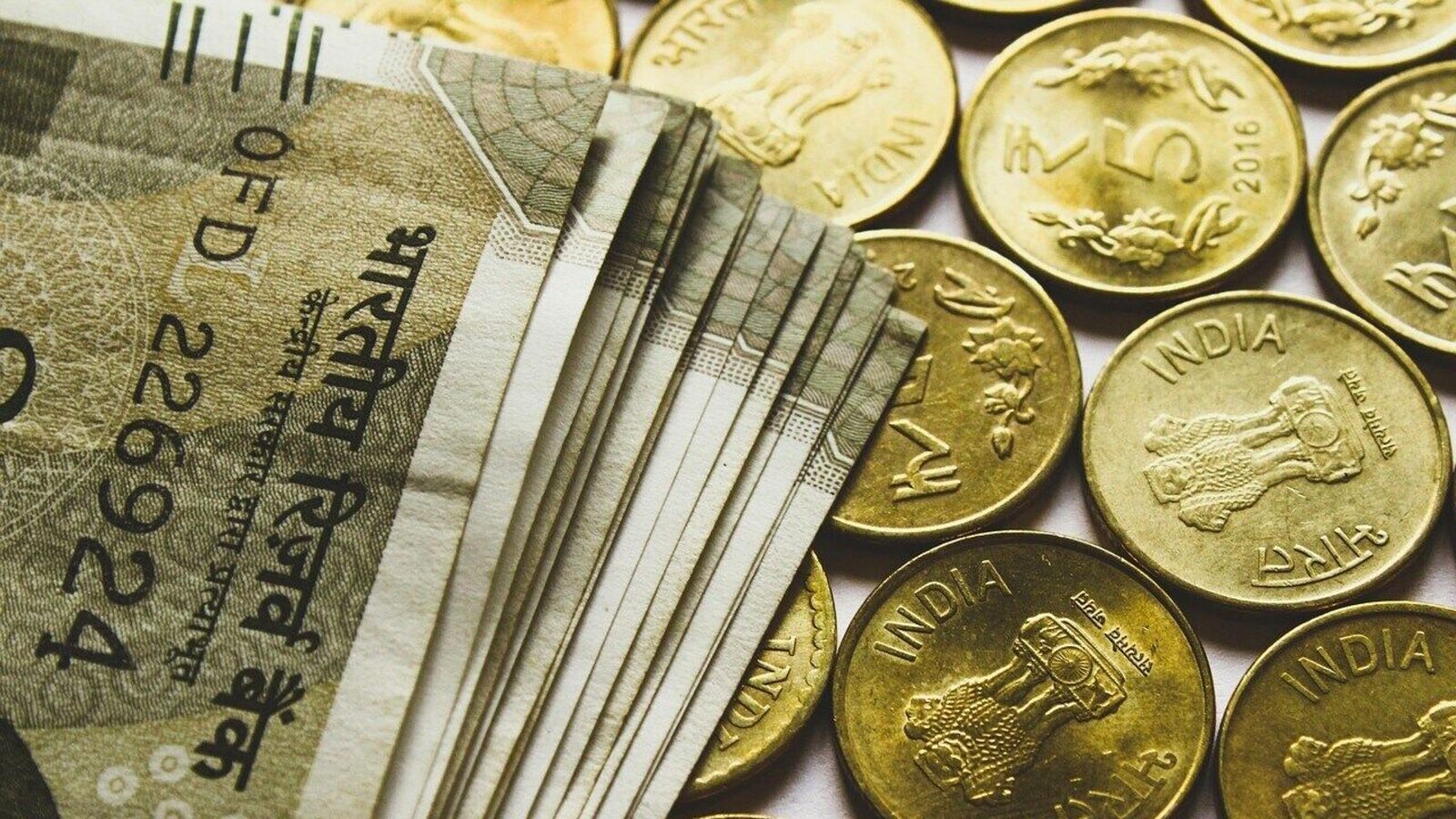5 key things to know before taking a personal loan for debt consolidation

If you have multiple debt obligations such as credit card dues, BNPL loans, or have personal loan or home loan EMIs pending then in such a case, a personal loan for debt consolidation can help you manage everything better. It permits you to combine all your debt obligations into a single loan with just one EMI. This can assist with lowering your interest cost and reducing financial stress.
Therefore, before moving ahead, here are five important things you should know:
1. Interest rate is the most important factor
The most significant reason to take a personal loan for debt consolidation is to pay a lower interest rate than what you are currently paying. For example, credit card interest can be 36% to 42% annually. Still, personal loan interest rates are much lower i.e., between 9% to 24% mostly, depending on the bank, borrowers credit profile, past payment history and credit score.
Here are the personal loan interest rates from top banks as of July 2025:
| Bank | Personal loan interest rate (% per annum) |
|---|---|
| HDFC Bank | 10.90% – 24.00% |
| ICICI Bank | 10.90% onwards |
| State Bank of India | 10.30% – 15.30% |
| Kotak Mahindra Bank | 10.99% onwards |
| Punjab National Bank | 10.50% – 17.05% |
| Axis Bank | 9.99% – 22.00% |
| Union Bank of India | 10.35% – 14.45% |
Note: The interest rates discussed above are illustrative in nature. They are taken from the official bank websites as of July 28, 2025. The final applicable interest rate in your case depends on your credit score, income, job type, and existing bank relationship. Always confirm with your respective lender before applying.
2. Look at the total cost, not just EMI
Low EMIs may appear easy to deal with, still they often come with a longer and more draining loan repayment tenure. This further means more interest payment cumulatively.
- A ₹5 lakh loan at 13% for 3 years means a total of ₹1.05 lakh in interest.
- The same personal loan for six years means about ₹2.30 lakh in interest.
Hence, the focus should be on choosing a shorter tenure of personal loan payment, if you can afford it. This way you can save more money in the long run on a cumulative basis.
3. Check your credit score and eligibility
Most of the banks and lending institutions look for a credit score of 750 or more. Now, in case your credit score is low you may get a higher interest rate or your application may be rejected. Furthermore, your total monthly EMIs including existing personal loans should never exceed more than 40% of your monthly income. This simple rule helps in keeping a check on your debt repayments and managing your finances efficiently.
4. Watch out for extra charges
Apart from interest, you should also look at:
- Processing fees: This fee is usually 1% to 3.5% of the total loan amount. While applying for a loan, clearly discuss and understand the applicable processing fees in your case, also get an idea of the total loan you will be offered along with the applicable charges on the same. This will help you in planning better.
- Foreclosure or prepayment charges: Foreclosure means when the borrower aspires to close out on a personal loan before the final date of the last EMI. For such foreclosures the banking institutions generally charge 2% to 5% of the outstanding principal at the time of foreclosure. There are some banks that also don’t charge after 1 year. In your case clearly understand the foreclosure and prepayment clauses as given in your loan agreement before signing the document.
- Late payment penalty: Missing out on personal loan EMIs or delaying them can result in serious penalties and negative impact on the borrowers credit score. Most banks in the country charge ₹500 to ₹1000 as late payment fees per missed EMI. In some cases, lending institutions may also apply additional interest on the overdue amount, this is commonly known as penal interest. It is applied at a rate of 2% to 4% per month on the overdue balance.
These hidden charges can increase your total loan cost, complicate repayment, result in trapping you in a cycle of debt and add interest over interest thus making borrowing a very unpleasant experience.
5. Are you fixing the real cause of debt?
Therefore, consolidation of debt to clear old debts is crucial but only if you don’t make the same mistakes. If your debts were a cause of overspending, random purchases, impulse based shopping or lack of proper planning then a new personal loan will only delay the inevitable problem.
What you should do:
- Make a budget and follow it diligently.
- Avoid new credit cards, personal loans or BNPL offers.
- Use auto-debit to pay EMIs on time. Avoid missing on loan repayments.
- Start saving for emergencies, plan for difficult days in advance.
Therefore, a personal loan for debt consolidation can be helpful if you use it wisely. That is why you should compare interest rates, check the total cost and be completely honest about your spending habits. You can also consider taking professional guidance for planning loan repayments effectively. It is not just about clearing your old debts, it is also about starting afresh with a new vision.
For all personal finance updates, visit here.
Disclaimer: Mint has a tie-up with fintechs for providing credit; you will need to share your information if you apply. These tie-ups do not influence our editorial content. This article only intends to educate and spread awareness about credit needs like loans, credit cards and credit scores. Mint does not promote or encourage taking credit, as it comes with a set of risks such as high interest rates, hidden charges, etc. We advise investors to discuss with certified experts before taking any credit.




